HR teams are essentially the people in every organisation tasked with the responsibility of checking the productivity and performance of individual employees. If an organisation has the majority of its workforce delivering great performance at work, is happy and productive, it simply means the HR team is doing great work. If it is not the case, it may indicate that there is something at fault with the HR team or their approaches. Among the various factors that contribute to the making of a productive HR team is the human resource management system being used. It is quite interesting to see how the efficiency, design, features and compatibility of an employee management system have a direct impact on HR’s performance. This blog will show you five surprising ways workforce management tools influence the HR team’s productivity. Automation of Repetitive Tasks An HR’s day at work starts with checking how many employees have reported to work, how many have taken leave without informing and whether there are sufficient people to fill shifts. If this is taking place in an office that hasn’t yet upgraded to a modern human resource management system, all these tasks need to be handled by the few HR professionals there. How Does the HR Management System Tackle This? A Cloud-based human resource management software solution can automate the painstaking, repetitive tasks that HR teams waste much of their time, such as: Automating payroll calculations and payslip generation Tracking employee attendance and work hours Managing leave requests and approvals Posting jobs and tracking applicants Handling employee onboarding processes Administering employee benefits and enrollments Scheduling and managing performance reviews Organising and storing HR documents Generating compliance and tax reports Updating and maintaining employee records automatically Centralisation of Fragmented Employee Data Making decisions about employees, such as about their increment, promotion or conflict resolutions, HRs have to have access to accurate employee information. For making accurate and informed decisions, access to multiple pieces of employee information is inevitable. Training details, hiring records (experience certification, qualifications, background checks reports and contract documents), performance reports, and personal details, etc., as some examples. How Does the Employee Management System Solve This Challenge? Having advanced software with real-time HR analytics and reporting capabilities will help consolidate all employee data in one place. HR team members can access and analyse the data whenever they need them in the decision-making process. In human resource management, the biggest challenge is access to the data. Most companies have poor HR policies or strategies that impact their employee engagement or productivity due to a lack of data. Regulatory Compliance Monitoring When you open a company and hire people to work there, you are obliged to ensure their safe working conditions, work-life balance, basic employee rights like daily, weekly and monthly working hours caps. It is the employer’s responsibility to keep track of these metrics and document them, and produce them when there is any government-initiated auditing taking place. How HR Management System Support Regulatory Compliance? Organisations equipped with the best employee management system for small businesses do not struggle with regulatory compliance, as the system helps them handle it in the following ways: Tracks employee hours to meet legal work limits Monitors leave entitlements as per labour regulations Maintains detailed records for audit-ready documentation Automates compliance reports for government inspections Sends alerts for upcoming compliance deadlines automatically Manages policy updates aligned with legal changes Stores contracts and certifications in a secure digital format Ensures consistent enforcement of workplace safety policies ESS for Reduced HR Workload Employee self-service portal is an essential feature in a human resource management system. It enables employees to handle a great deal of tasks which would require HR intervention otherwise. For instance, updating personal details, requesting leaves, or accessing payslips. Whenever employees make updates in the ESS portal that require the HR team’s oversight, the team is notified. More than a matter of convenience for the employees and workload minimisation for the HRs, ESS introduces a crucial factor of autonomy for the employees. Being able to do things like update personal information, request leave, download payslips, and track attendance makes employees feel more empowered and in control of their work-life management. Key Tasks The HRMS ESS Portal Helps Handle: Complete the employee onboarding process, such as filling out forms and uploading documents Update personal information such as address or contact details Submit leave applications and check leave balances Download payslips, tax documents, and salary statements View attendance records and shift schedules Track performance reviews and training progress Submit reimbursement claims and track approval status Data-Driven Strategies via Deep HR Analytics Cloud-based human resource management software solutions feature an intuitive reporting and analytics feature. This helps the HR professionals make accurate and timely decisions regarding workforce planning. Employees’ productivity in an organisation is dependent on metrics like engagement, turnover and burnout. All these metrics are interconnected. When the employee engagement level is lower, the burnout rate will spike, and turnover occurs as a result of that. There are enough signs at every workplace to know if employees are experiencing burnout. For instance, signs like increased absenteeism, regular clock-in and clock-out irregularities. But without a smart mechanism that assesses these signs and produces easy-to-understand reports, the HR teams will have no clues about them. How Does a Human Resource Management System Help In This Situation? A sophisticated employee management system that gathers data from different HR modules - Leave and attendance management system, time tracking software and Payroll management system - and converts them into intellectual analytics adds great value here. These insights enable HR teams to identify trends and address issues proactively. They can know if the strategies they have in place are practical enough and truly empower the employees to do their best and work towards achieving the broader organisational goals. The Bottom Line It is high time that we saw the human resource management system as a means of HR transformation, rather than just a technological advancement or upgrade. HR professionals play a central role in every organisation. An HRMS gives HR teams the space to focus on broader organisational objectives instead of getting bogged down by repetitive administrative tasks.
Story
5 Ways Human Resource Management System Improves HR Team Productivity
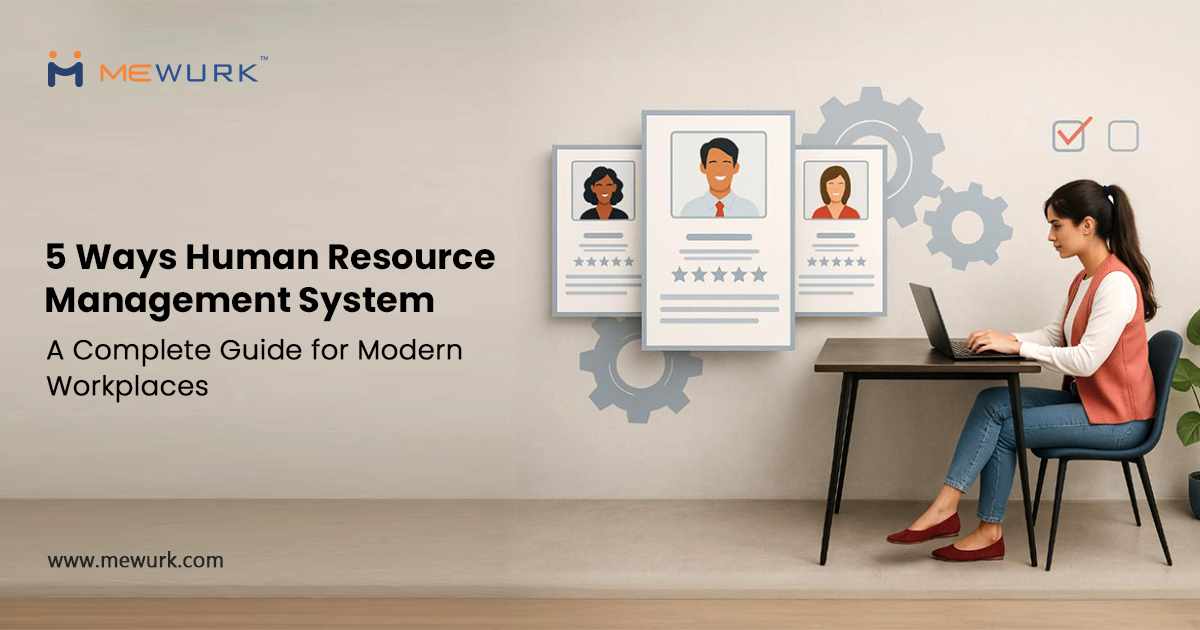

chapters

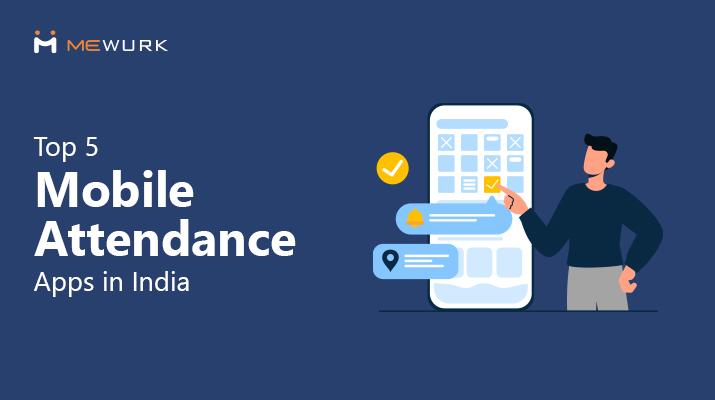

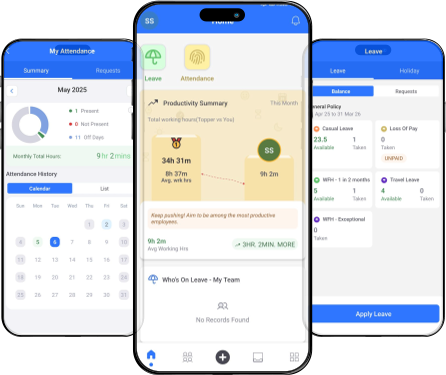



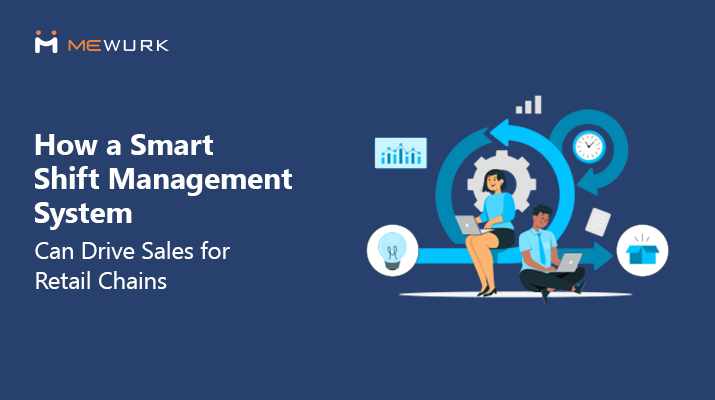
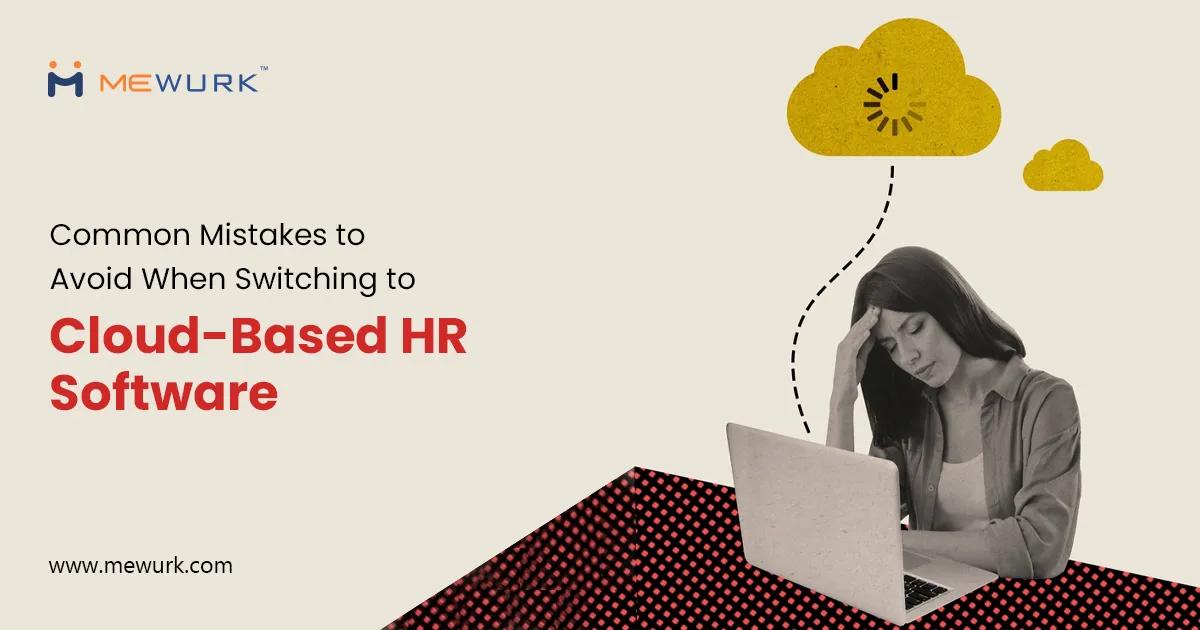
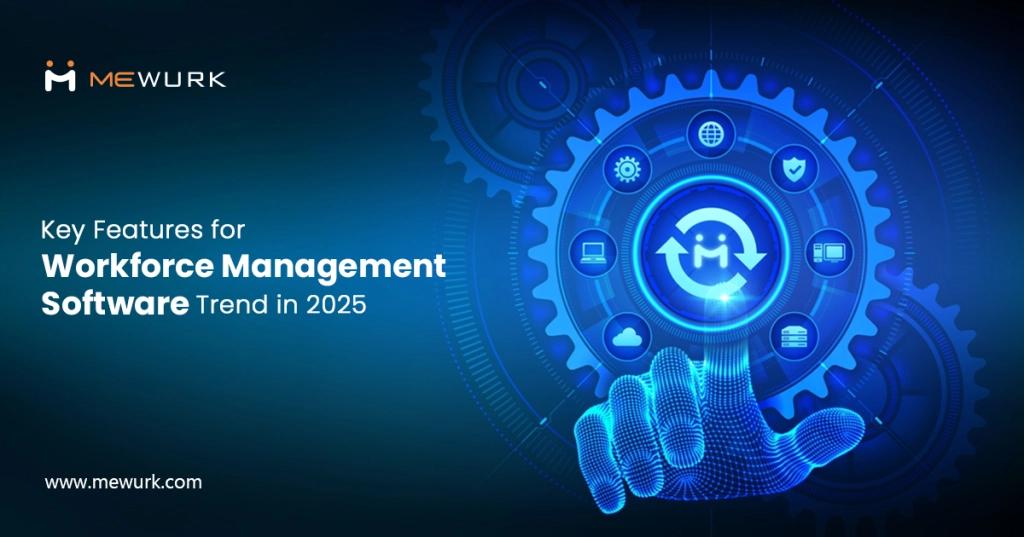
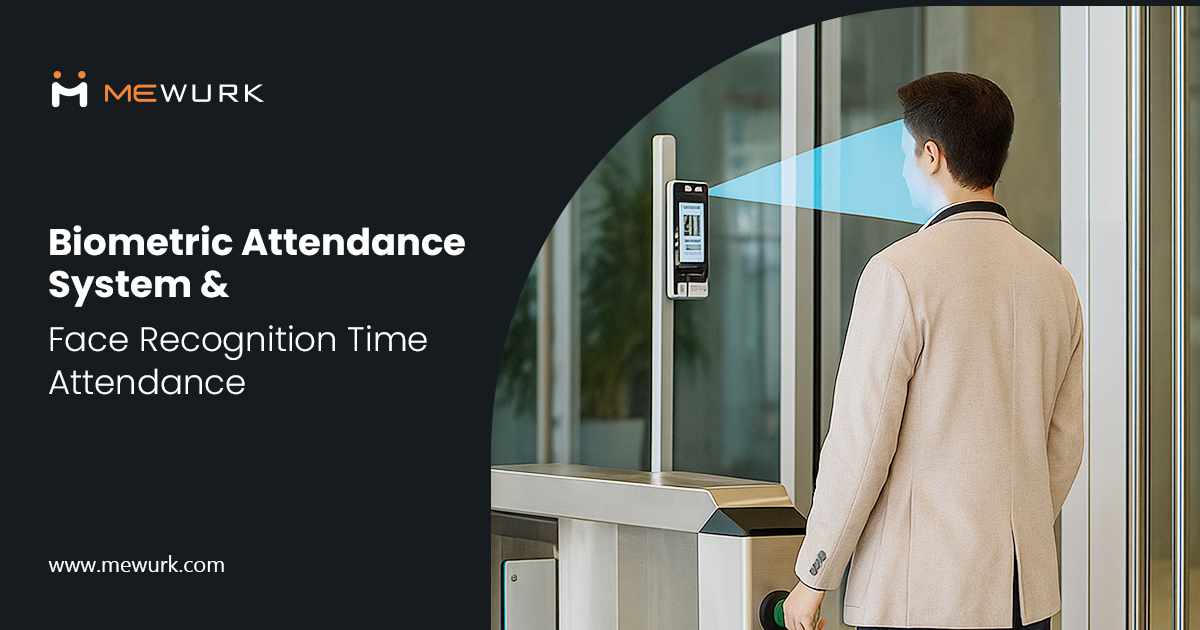
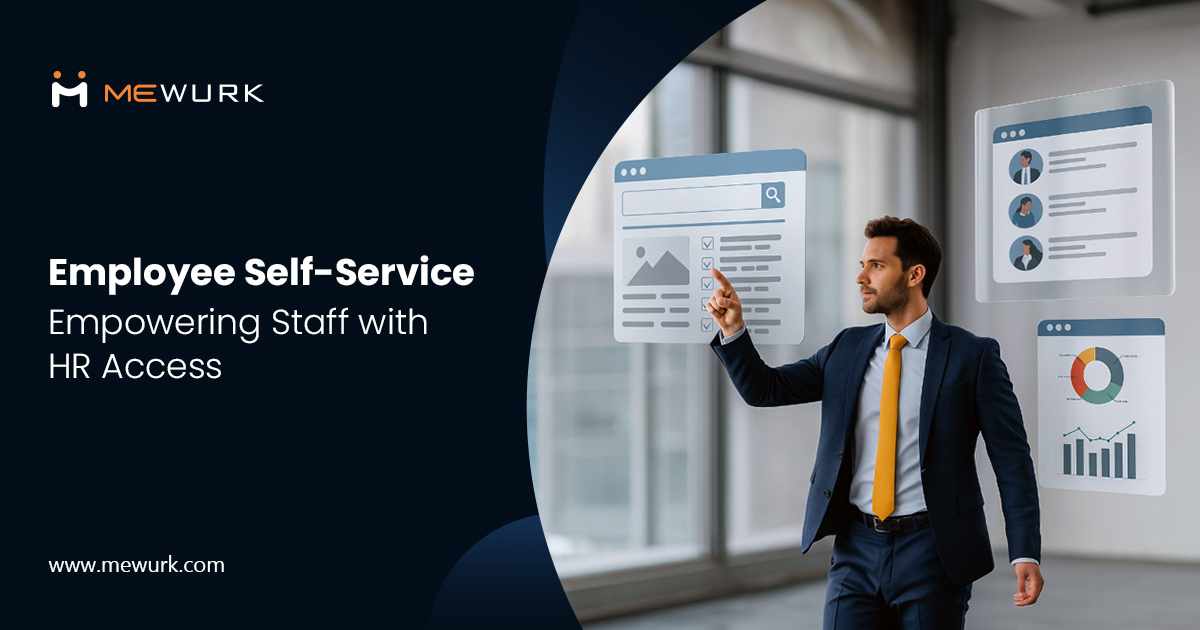

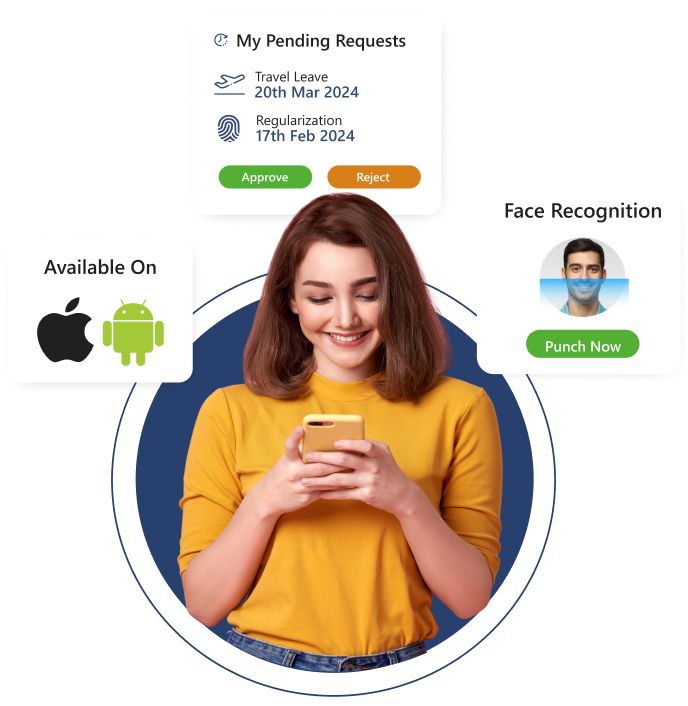
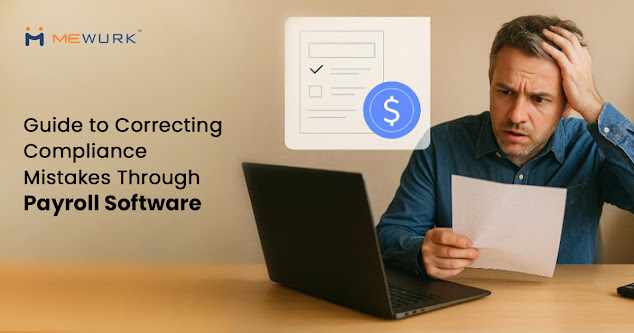

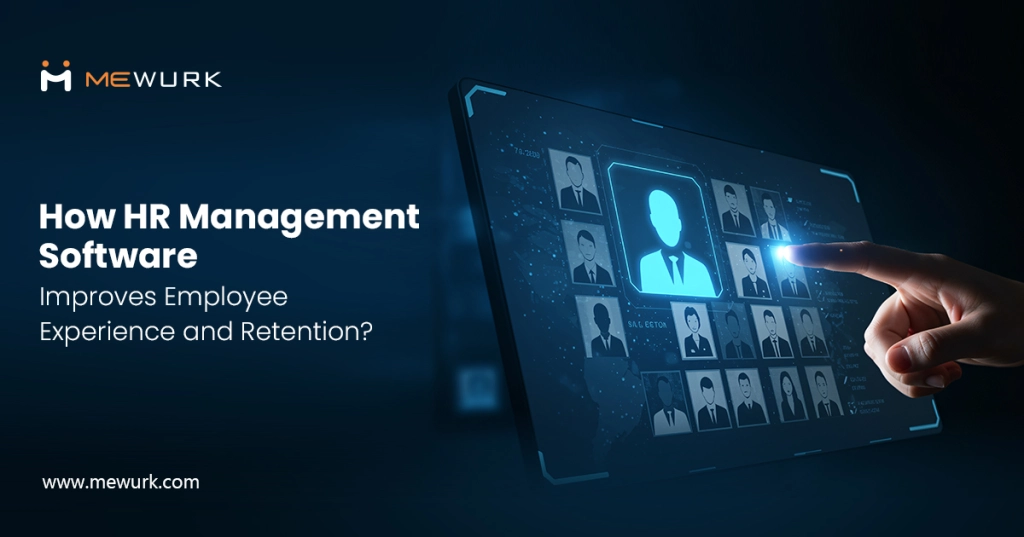


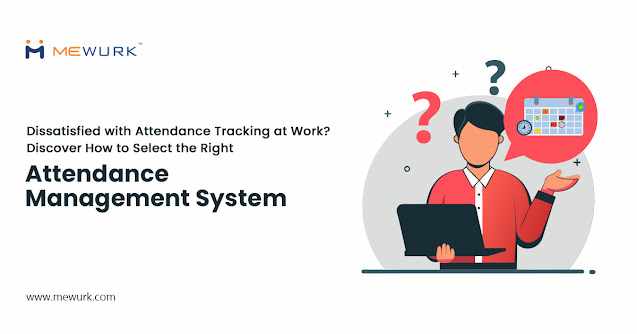
Write a comment ...